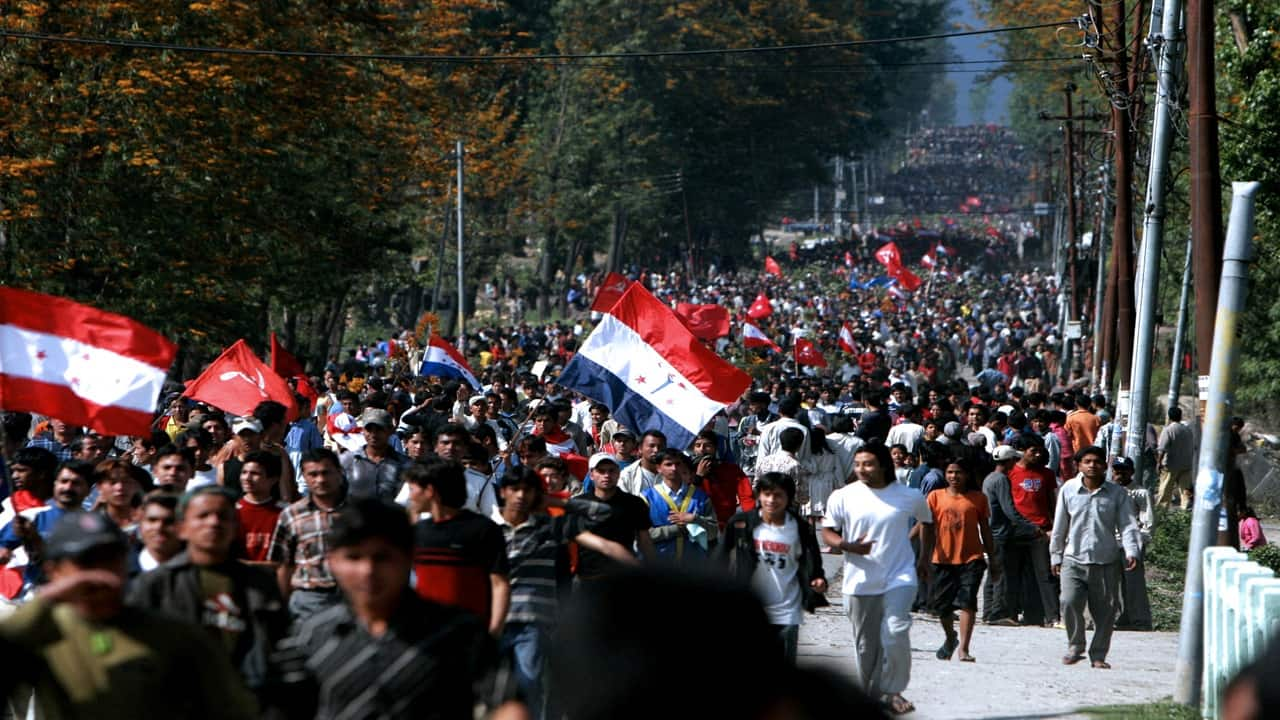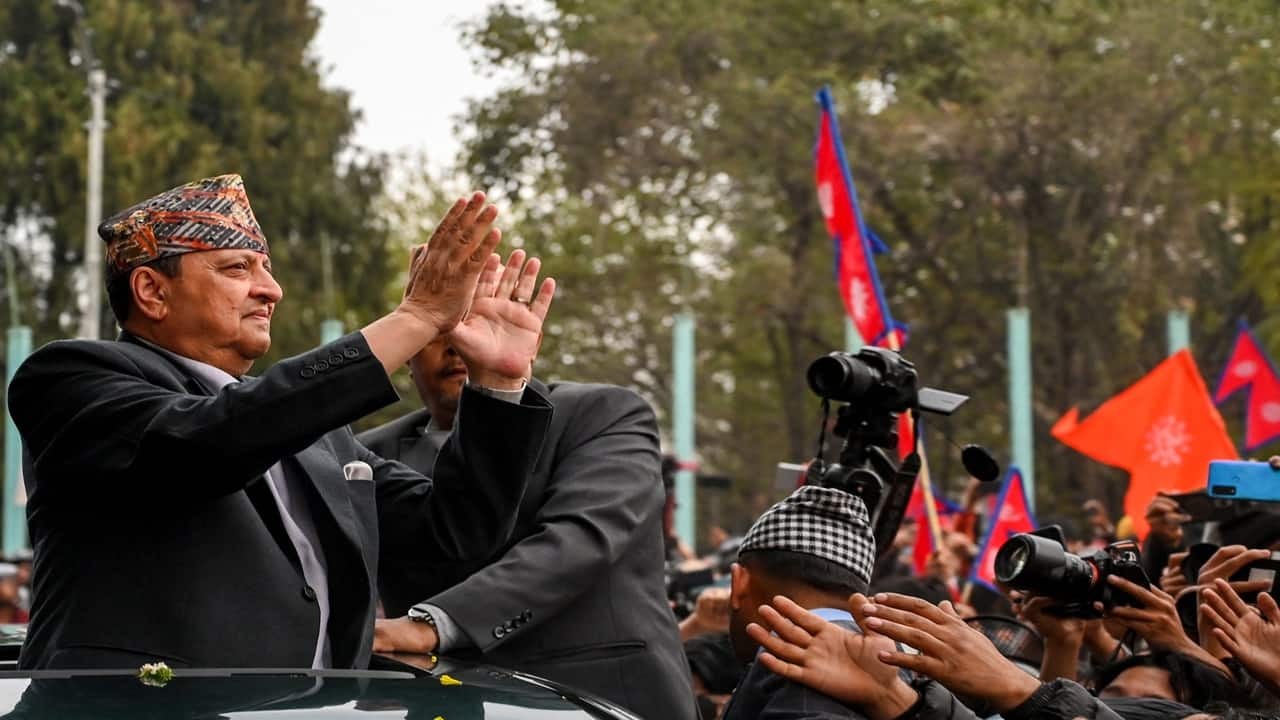



Nepal, perched in the Himalayas, is once again in the throes of a political uprising.
This week, protests led largely by young demonstrators culminated in the resignation of Prime Minister KP Sharma Oli on Tuesday and the shocking torching of the parliament in Kathmandu. What began as opposition to a government-imposed social media ban quickly flared up into a wider uprising against corruption, unemployment, and a political elite seen as out of touch with ordinary citizens.
The unrest, dubbed a “Gen Z movement,” is driven predominantly by Nepalis in their 20s and early 30s, representing a significant portion of the population. Even after the government lifted its ban on social media platforms like Facebook and YouTube, protests escalated. Demonstrators breached security barriers, set government buildings ablaze, and clashed with police. Amnesty International reported the use of live ammunition by security forces, and at least 19 people were killed in one of the deadliest crackdowns in recent memory.
The Himalayan nation's recent turbulence echoes a dramatic political shift in the mid-2000s.
Travelling back to February 2005, one can see how King Gyanendra dismissed the elected government, declared a state of emergency, and seized absolute powers, citing the need to counter a decade-long Maoist insurgency that had claimed over 13,000 lives. Unfortunately, rather than stabilising the nation, his authoritarian move alienated political parties, civil society, and ordinary citizens.
By 2006, seven major political parties and the Maoist rebels -- erstwhile adversaries -- had come together, standing united against absolute monarchy.
 Nepalese pro-democracy protesters carry flags and banners as they stage a rally in Kathmandu in April 2006.
Nepalese pro-democracy protesters carry flags and banners as they stage a rally in Kathmandu in April 2006.
In April 2006, a massive wave of protests, known as Jana Andolan II (Second People’s Movement), swept Kathmandu and spread nationwide. Despite curfews, mass arrests, and live ammunition, citizens from all walks of life, students, professionals, farmers, and urban workers, demanded the restoration of democracy.
 Nepal's former King Gyanendra Bir Bikram Shah Dev.
Nepal's former King Gyanendra Bir Bikram Shah Dev.
After 19 days of sustained protests, with at least 19 killed and thousands arrested, King Gyanendra announced the restoration of parliament on April 24, 2006, effectively conceding to the pro-democracy movement. Girija Prasad Koirala was soon sworn in as prime minister, and an interim government began peace talks with the Maoists.
Over the next two years, Nepal saw a profound political transformation. The king’s powers were gradually curtailed -- his control of the army ended, his veto was removed, and his “divine” status was abolished. In November 2006, the Maoists signed a historic peace deal with mainstream parties, formally ending their insurgency and joining the political process.
 Nepalese pro democracy protesters climb up the main entrance of the Singha Darbar, the Nepalese Parliament in Kathmandu, in May 2006.
Nepalese pro democracy protesters climb up the main entrance of the Singha Darbar, the Nepalese Parliament in Kathmandu, in May 2006.
Eventually, the final turning point came in April 2008, when elections were held for a Constituent Assembly tasked with drafting a new constitution. The Maoists emerged as the largest party, and the assembly promptly declared Nepal a federal democratic republic. On May 28, 2008, the 240-year-old monarchy was abolished, and King Gyanendra was ordered to leave the royal palace, becoming a private citizen in Kathmandu.
The 2006-2008 period marked Nepal’s most significant political shift in modern times -- a transition from palace dominance to a fragile republic.
Nevertheless, the current unrest mirrors the reality that the promise of that transition has remained unsettled for over a decade now.
Discover the latest Business News, Sensex, and Nifty updates. Obtain Personal Finance insights, tax queries, and expert opinions on Moneycontrol or download the Moneycontrol App to stay updated!
Find the best of Al News in one place, specially curated for you every weekend.
Stay on top of the latest tech trends and biggest startup news.